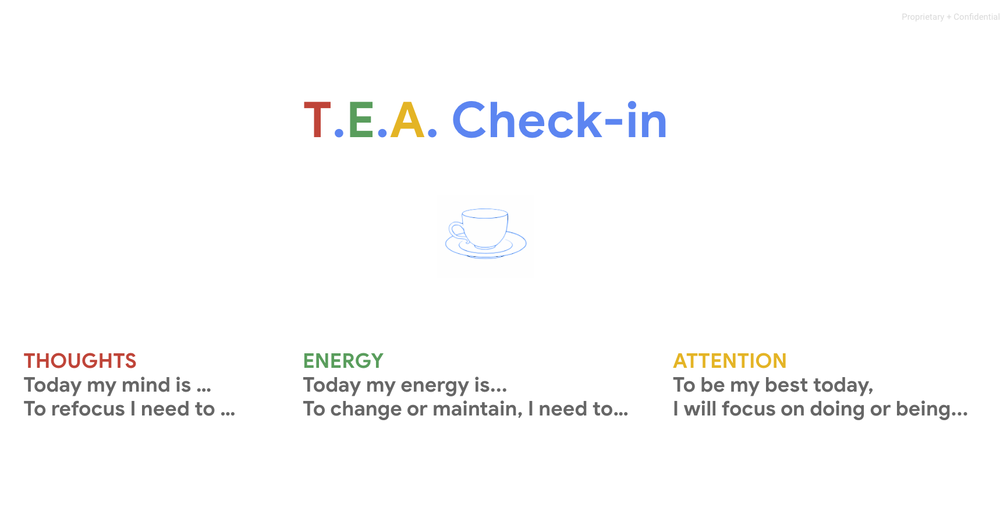In the summer, Dr. Gino Caspari’s day starts at 5:30 a.m. in Siberia, where he studies the ancient Scythians with the Swiss National Science Foundation. There, he looks for burial places of these nomadic warriors who rode through Asia 2,500 years ago. The work isn’t easy, from dealing with extreme temperatures, to swamps covered with mosquitos. But the biggest challenge is staying one step ahead of tomb raiders.
It’s believed that more than 90% of the tombs — called kurgans — have already been destroyed by raiders looking to profit off what they find, but Gino is looking for the thousands he believes remain scattered across Russia, Mongolia and Western China. To track his progress, he began mapping these burial sites using Google Earth. “There’s a plethora of open data sources out there, but most of them don’t have the resolution necessary to detect individual archaeological structures,” Dr. Caspari says, pointing out that getting quality data is also very expensive. “Google Earth updates high-res data across the globe, and, especially in remote regions, it was a windfall for archaeologists. Google Earth expanded our possibilities to plan surveys and understand cultural heritage on a broader geographic scale.”
While Google Earth helped Dr. Caspari plan his expeditions, he still couldn’t stay ahead of the looters. He needed to get there faster. That’s when he met data scientist Pablo Crespo and started using another Google tool, TensorFlow.
“Since I started my PhD in 2013, I have been interested in automatic detection of archaeological sites from remote sensing data,” Gino says. “It was clear we needed to look at landscapes and human environmental interaction to understand past cultures. The problem was that our view was obscured by a lack of data and a focus on individual sites.” Back then, he tried some simple automatization processes to detect the places he needed for his research with the available technology, but only got limited results. In 2020, though, Gino and Pablo created a machine learning model using TensorFlow that could analyze satellite images they pulled from Google Earth. This model would look for places on the images that had the characteristics of a Scythian tomb.
The progress in the field of machine learning has been insanely fast, improving the quality of classification and detection to a point where it has become much more than just a theoretical possibility. Google’s freely available technologies have help
This technology sped up the discovery process for Gino, giving him an advantage over looters and even deterioration caused by climate change.
“Frankly, I think that without these tools, I probably wouldn’t have gotten this far in my understanding of technology and what it can do to make a difference in the study of our shared human past,” Gino says. “As a young scholar, I just lack the funds to access a lot of the resources I need. Working with Pablo and others has widened my perspective on what is possible and where we can go.”
Technology solutions have given Dr. Caspari’s work a new set of capabilities, supercharging what he’s able to do. And it’s also made him appreciate the importance of the human touch. “The deeper we dive into our past with the help of technology, the more apparent it becomes how patchy and incomplete our knowledge really is,” he says. “Technology often serves as an extension of our senses and mitigates our reality. Weaving the fabric of our reality will remain the task of the storyteller in us.”

